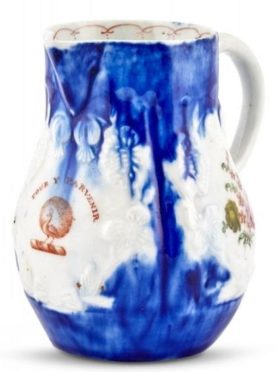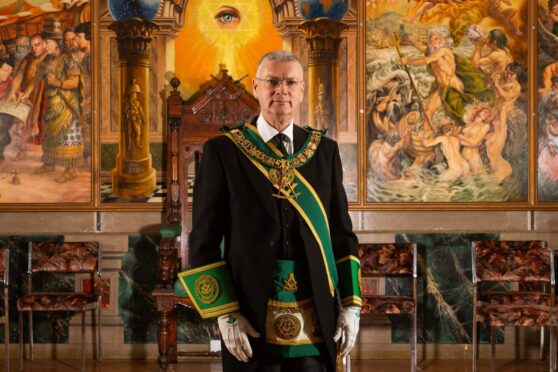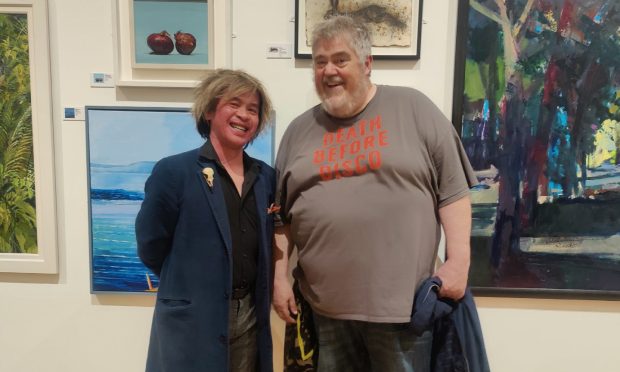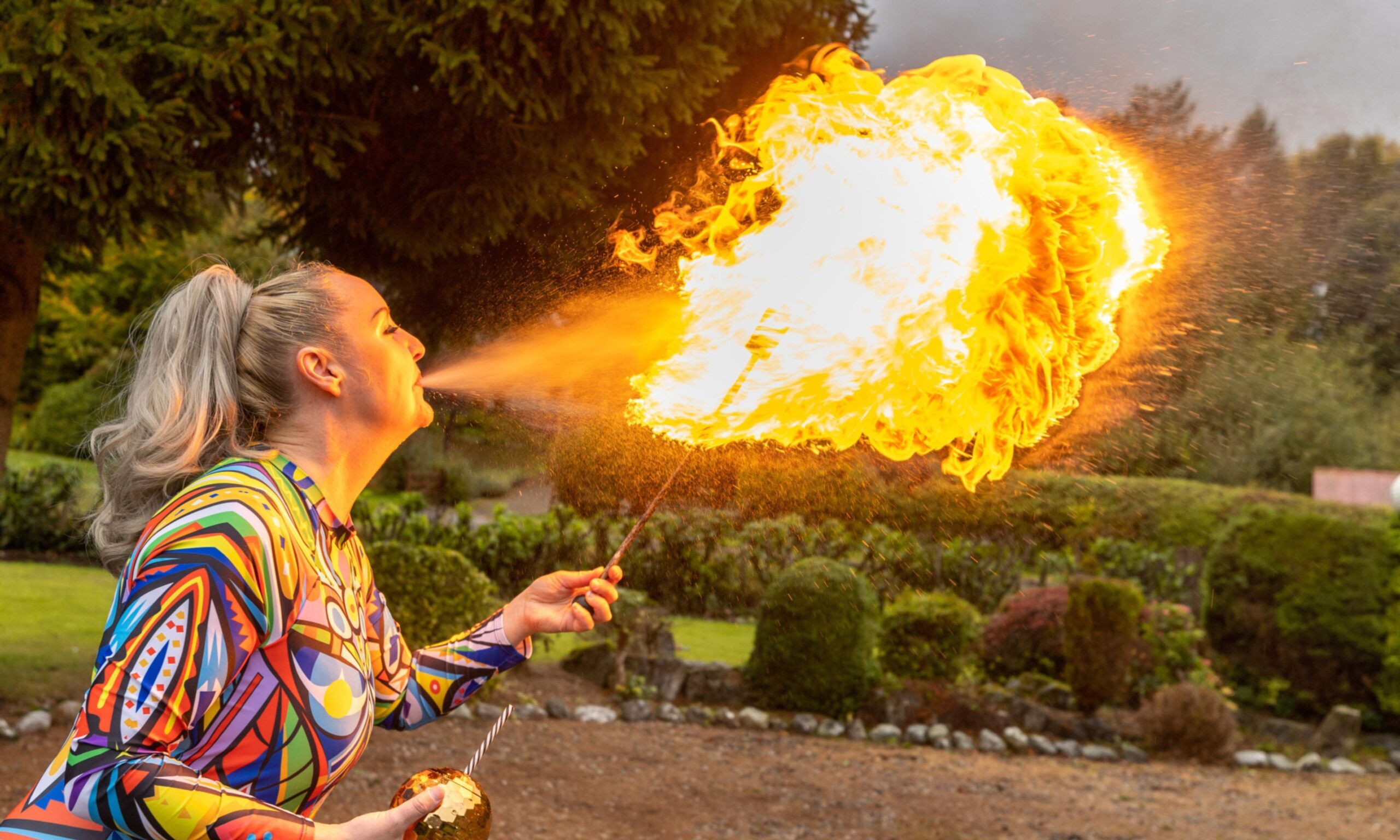A wonderful collection of fine art and antiques was established by the American department store heiress and philanthropist Sarah Belk Gambrell, who died last year at the age of 102.
Her renowned collection was placed with Doyle of New York. Asian ceramics will be sold next month and paintings in October.
European antiques
First up, however, was European ceramics, with one of the highlights being a tiny (just 1½ inches high) c1750 Bristol porcelain cream boat, which sold for a five-times estimate £34,500.
Gambrell’s collection included nine examples from the West Pans factory, near Musselburgh.
West Pans was Scotland’s only 18th century porcelain manufactory. It was founded in 1764 by William Littler, who had previously run the Longton Hall Pottery in Staffordshire.
Gambrell antiques
It produced a wide range of tablewares and figures until 1777. These are often characterised by distinctively bright cobalt blue decoration.
The top seller of Gambrell’s Scottish collection was a West Pans porcelain blue ground armorial cream-jug.
Circa 1765-70, unmarked and four inches high, the jug had a sparrow beak spout and loop handle, with its coat-of-arms painted in iron red.
Porcelain from China
The paucity of early Scottish armorial porcelain can be explained. The vast majority was made in China.
It has been estimated that 4000 full services, often with hundreds of pieces, were made for Britain alone in the years to 1820 – drawings of coats-of-arms sent to the Far East with the orders.
The Doyle sale saw the jug selling for a mid-estimate $1764, about £1300.
A blue ground West Pans vase took $945, a leaf-shaped stand $1260, a two-handled tureen £1890 and an armorial inkwell a double estimate $4095.
But four others from this rare group failed to sell.










